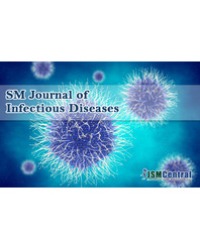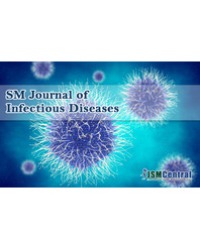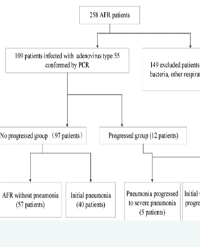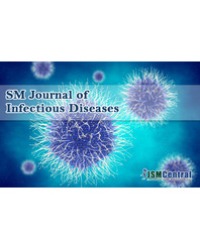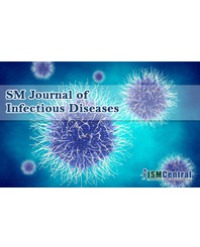Purpose: We conducted a meta-analysis by searching and analyzing literature studies published through December 1, 2023, executing to assess the Event Rates (ERs) of vertigo, tinnitus, hearing loss, earache and aural fullness by confirmed coronavirus disease 2019 (COVID-19) or its vaccine.
Methods: A database (PubMed, Embase, Web of Science) search for studies released up to December 01, 2023 was conducted. The ERs of potential ear illness of take notice of crowd papers of COVID-19 or COVID-19 vaccine draw our focus, we as well as paid attention to uncommon ear symptoms described in person with COVID-19. The information retrieved from the respective papers were evaluated and summarized.
Results: We accepted 91 study’s that met the eligibility criteria. The comprehensive assessment of ERs based heavily on retrospective review of common symptoms in ear of COVID-19 patient was 13% (95% confidence interval [CI]: 0.09-0.18), 10% (95% CI: 0.06-0.15), 8% (95% CI: 0.05-0.12), 5% (95% CI: 0.02-0.08) and 13% (95% CI: 0.06-0.22) for vertigo, tinnitus, hearing loss, earache and aural fullness, respectively. The ERof vertigo, tinnitus, and hearing loss after COVID-19 vaccine injection were 7% (95% CI: 0.05-0.11), 6% (95% CI: 0.01-0.15) and 2% (95% CI: 0.00-0.06), in proper order.
Conclusions: Our findings suggest that COVID-19 or COVID-19 vaccine can cause vertigo, tinnitus, hearing loss, earache and aural fullness. Besides, it can cause some less common but not insignificant ear symptoms, such as hemorrhage of the membranous labyrinth, otitis media. This phenomenon should be of great concern to ear nose throat surgeon.
Chen Wang¹,²,⁴,⁵#, Hanjing Wang¹,²,⁴,⁵#, Zhihong Hao¹,²,⁴,⁵#, Jingjing Qiu²,⁴,⁵, Qiang Zhang²,⁴,⁵, Liang Chen²,⁴,⁵, Dawei Liu²,⁴,⁵, Limei Liu³, and Yan Sun²,⁴,⁵*



